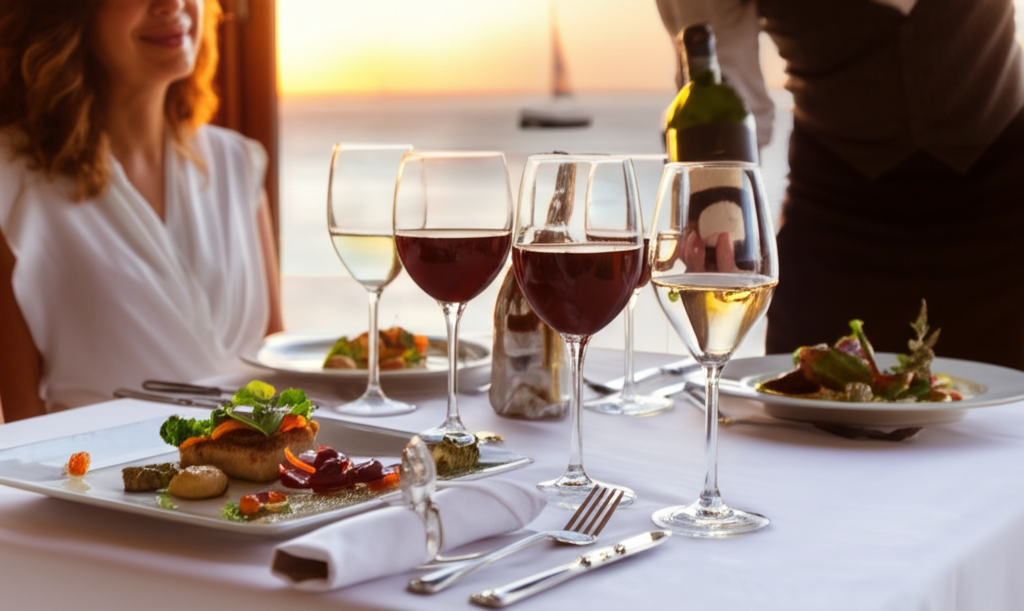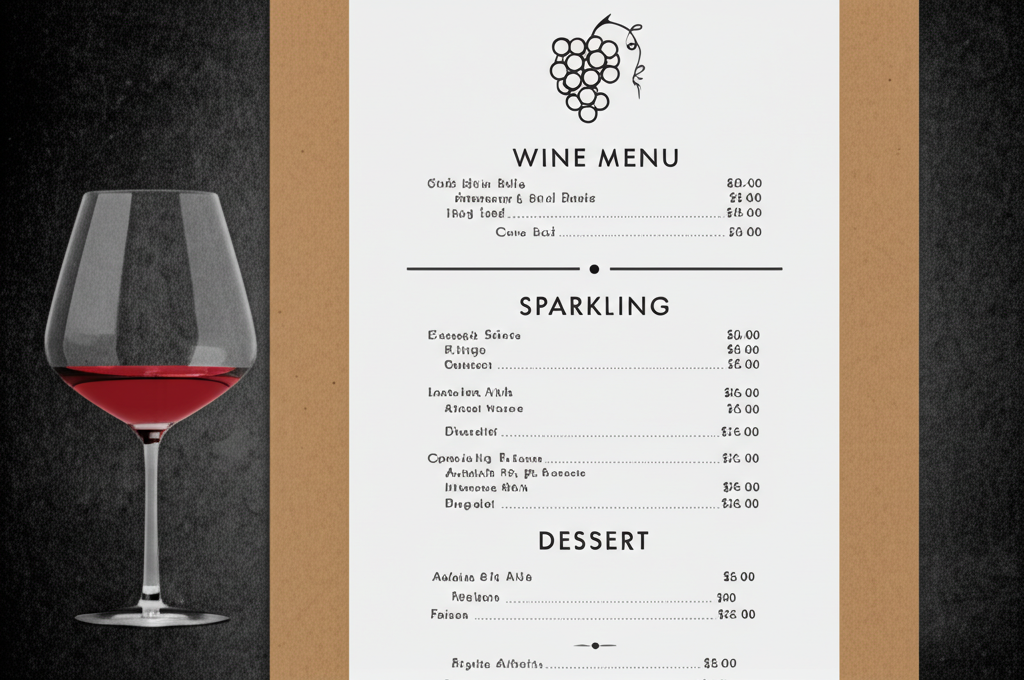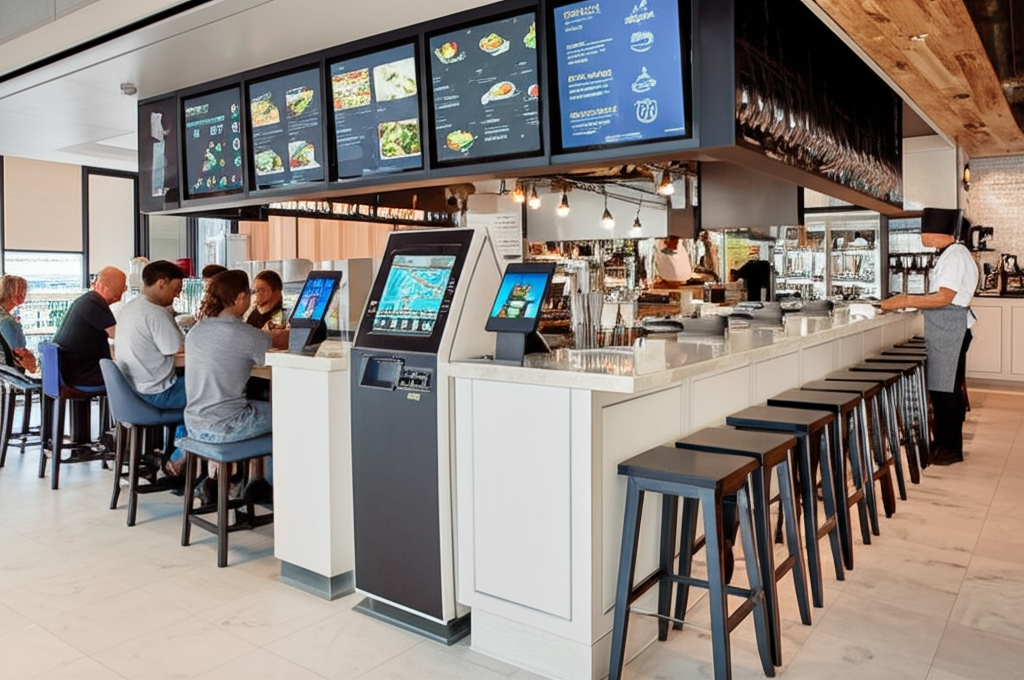The Wine Knowledge Challenge
For many restaurant owners and managers, training staff on wine knowledge presents a unique challenge. On one hand, a server or bartender who can confidently discuss wine can significantly increase sales and elevate the guest experience. On the other hand, the world of wine is vast and complex, and overwhelming your staff with too much information can be counterproductive.
In this article, we'll explore practical strategies for building wine confidence in your front-of-house team without requiring them to become certified sommeliers. The goal is to empower your staff to engage guests with genuine enthusiasm and knowledge—while keeping training manageable and fun.
Why Wine Knowledge Matters
Before diving into specific training methods, it's helpful to understand why wine knowledge is so valuable for your team. When servers feel comfortable talking about wine, your restaurant benefits in multiple ways:
- Higher Wine Sales: Confident recommendations often lead to more bottles ordered and higher checks.
- Enhanced Guest Experience: Well-informed staff create memorable dining experiences, building trust and loyalty.
- Upselling Opportunities: Suggesting a bottle upgrade or pairing can be natural and unforced if the team knows their stuff.
- Credibility & Professionalism: Knowledgeable staff stand out in the eyes of guests, reflecting positively on your brand.
- Employee Satisfaction: Team members who master wine basics often feel more engaged in their roles, reducing turnover.
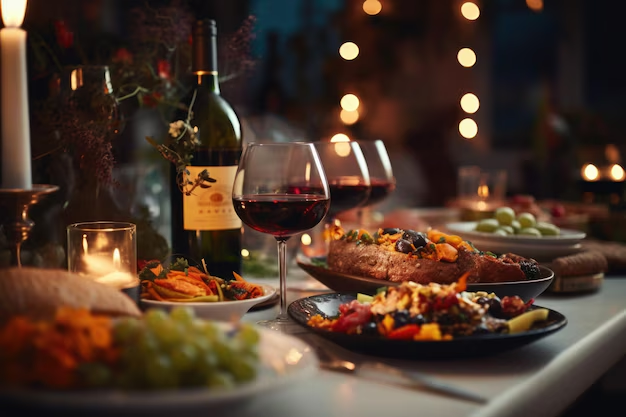
Expert Insight
"The most successful wine training programs I've seen focus on building confidence rather than encyclopedic knowledge. When servers feel comfortable talking about wine, guests pick up on that confidence and are more likely to trust their recommendations."
Will Douillet's experience in multiple high-profile restaurants underscores that the key to effective wine education is focusing on what matters most: helping staff feel at ease and excited to share the story of each wine.
The 80/20 Approach to Wine Training
Rather than trying to teach your staff everything about wine regions, vintages, and technical nuances, focus on the 20% of information that will drive 80% of their success. This targeted approach keeps training concise and actionable:
- Core Vocabulary: Provide a short list of descriptive terms (e.g., "oaky," "crisp," "fruit-forward," "earthy") that servers can use confidently to describe different wines.
- Your Wine List: Emphasize the specific wines you serve. Even if you have an extensive list, focusing on 10–15 "key" bottles can make a big difference.
- Basic Pairing Principles: Teach simple rules of thumb like "acidity cuts through rich dishes" or "spicy dishes pair well with off-dry wines."
- Guest Interaction Skills: Show how to ask the right questions—"Do you prefer lighter or fuller-bodied wines?"—and guide guests without overwhelming them.
- Storytelling Hooks: Offer memorable anecdotes or fun facts about certain wines on your list—like a family-owned vineyard or a unique aging process. Storytelling helps servers connect with guests on a personal level.
By keeping the focus on these essentials, you avoid data overload and empower your team to feel competent faster.
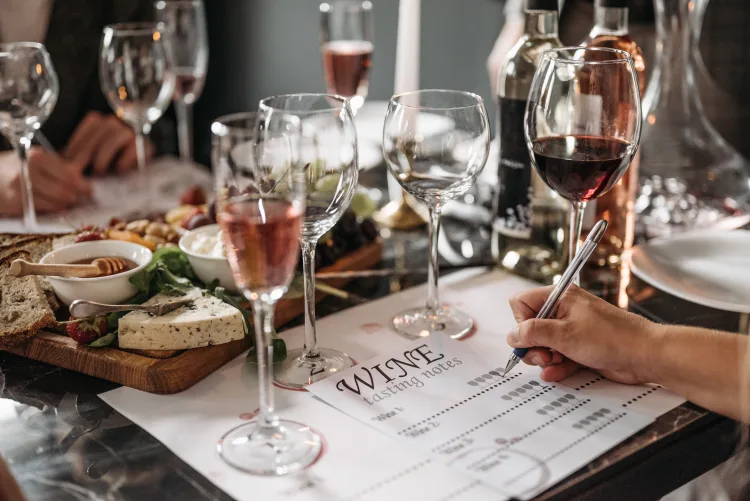
Five Practical Training Methods
To bring the 80/20 principle to life, here are five effective ways to train your staff on wine—without burying them in textbook details.
1. Regular Tasting Sessions
Nothing cements knowledge like firsthand experience. Hold weekly or bi-weekly staff tastings focusing on a few key wines at a time. Encourage servers to describe the aromas, flavors, and mouthfeel in their own words. This communal approach fosters teamwork and breaks down the intimidation factor often associated with wine.
Pro Tip: Provide simple tasting sheets where staff can jot down notes and compare impressions. You can also highlight recommended food pairings from your menu.
2. Flash Cards & Quick Reference Guides
Create easy-to-digest flash cards, laminated sheets, or digital one-pagers that cover your wines' key attributes (grape varietals, region, flavor notes, price). This lets staff quickly brush up during downtime or before a shift.
Pro Tip: If you update your wine list seasonally, refresh the guides with any new additions. Keeping reference material current helps your team stay on top of menu changes.
3. Role-Playing Exercises
Set up scenarios where staff practice recommending wines to each other:
- A guest is uncertain and needs guidance
- A guest has a specific preference for bold reds
- A couple wants something special for an anniversary dinner
Constructive feedback during role-play helps servers refine their approach. Celebrate small wins—like using a new wine term correctly or smoothly walking a "guest" through the menu.
4. Digital Learning Tools
Leverage mobile apps or e-learning platforms that provide short lessons on wine basics. Some apps even let users record tasting notes or quizzes, gamifying the learning experience. Since most staff have smartphones, this approach can seamlessly integrate into their daily routines.
Pro Tip: Set specific learning goals, like completing a short module each week. Congratulate those who engage consistently, and highlight progress at pre-shift meetings.
5. Incentive Programs
Incentivize learning by running friendly competitions. For instance, reward servers who recommend the most different varietals in a month, or introduce a small bonus for upselling certain featured wines. Recognition and rewards keep staff motivated and make the educational process more enjoyable.
Pro Tip: Offer non-monetary perks like picking a new wine to feature or naming a "Server of the Month" for wine knowledge achievements.
Measuring Success
You'll know your training program is working if you see:
- Increased Wine Sales: Both in total volume sold and average price per bottle.
- More Confident Interactions: Staff will talk about wine more freely, suggesting pairings and describing notes without hesitation.
- Guest Satisfaction: Look for positive feedback in online reviews, comment cards, or direct praise about wine recommendations.
- Staff Engagement: Team members asking questions, sharing discoveries, and showing genuine interest in your wine program.
- Diverse Wine Orders: A broader range of bottles being sold, not just the house wine or familiar labels.
Conclusion: Building a Wine Culture
Effective wine training isn't just about transferring knowledge—it's about building a culture where wine is valued, discussed, and enjoyed. When your entire team shares enthusiasm for your wine program, that energy naturally transfers to your guests.
By focusing on practical knowledge, creating engaging training experiences, and measuring results, you can develop a staff that confidently sells wine without feeling overwhelmed by the vastness of wine knowledge.
Remember, the goal isn't to turn every server into a sommelier—it's to help them connect with guests, share their genuine excitement about your wine offerings, and guide diners toward selections they'll love. When you achieve that balance, both your team and your bottom line will benefit.
Ready to grow your restaurant's wine revenue?
Discover how Sommly can help you increase wine sales, enhance guest satisfaction, and boost your bottom line with our expert-backed solutions.
Book a Demo


